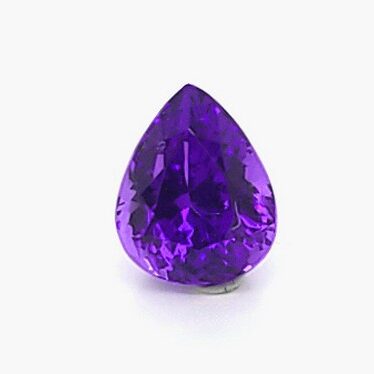
Fancy Colored Tanzanite vs. Zoisite
Zoisite is the species and tanzanite is the variety. Why fancy colored tanzanite should be called tanzanite as opposed to either zoisite or fancy colored zoisite. Tanzanite comes in many colors. The colors most everyone is familiar with is violet, bluish-violet, violetish-blue and violet purple. Other colors of tanzanite range from pink, purplish-pink, blue, green, greenish-yellow, yellowish-green, brownish-yellow and brown. It is this authors belief that all colors of zoisite should be called tanzanite. To make my case please read the following example. Let’s talk about the colors of sapphire. Sapphire is variety of the species corundum. (The other variety of corundum is ruby). Sapphires come in all colors except red. (Red would be ruby). When those in the trade and the those not in the trade refer to various colors of sapphires, the sapphires are called by their colors. For example, green sapphire (not green corundum), purple sapphire (not purple corundum) pink sapphire (not pink corundum) and so on. So, it seems there is already a standardized nomenclature regarding calling various colors of a species of a gemstone by its variety name, not its species name. Therefore, all colors of tanzanite listed on this website are listed as tanzanite and not zoisite.
Informational History of Tanzanite:
Discovered in Merelani, Tanzania by a Masai tribesman named Ali Juuyawatu in 1967. The gem was given the name Tanzanite by Tiffany & CO. in honor of Tanzania. Refractive index is 1.691-1.700. Hardness is 6 to 7. The specific gravity is 3.35. Most, but not all, tanzanite comes out of the ground a brown color and is heated to produce the various colors.

